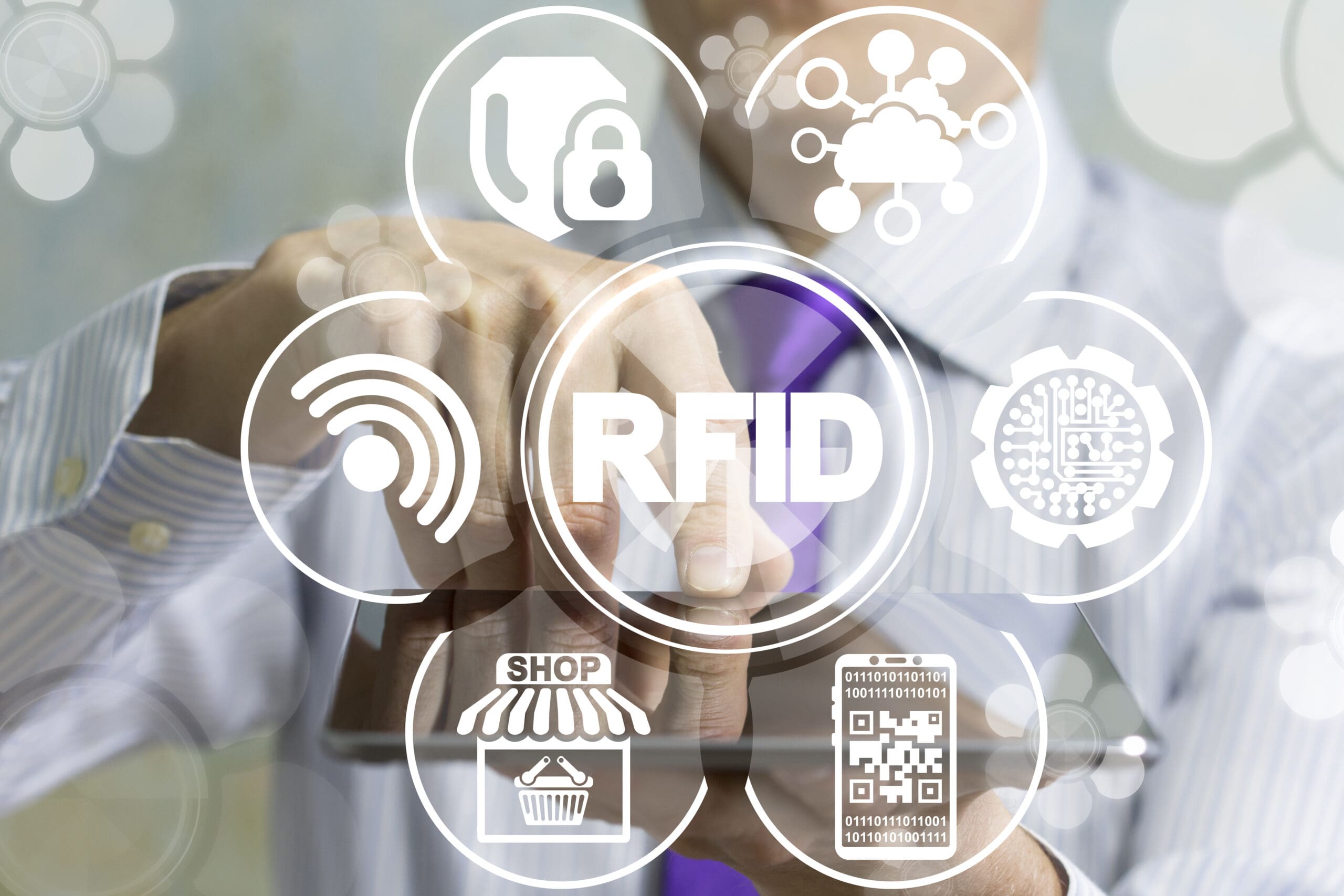Passwords, PINs and physical keys are so yesterday. Today’s employees, students, tenants and consumers are used to accessing all kinds of locations, goods and services with the wave of an ID card or smartphone. But few people think about the technology that makes this happen: the RFID reader. The right reader makes all these transactions seamless. Here are the questions you should ask when selecting an RFID reader to ensure it meets the needs of the users on your campus.
- Who is using the reader? The user population and the context in which they will be using the RFID reader matter. In some contexts, end users are already issued an ID card (such as an employee or student ID badge) that can be easily leveraged for physical access control, single sign-on (SSO) and other applications within a shared building or campus. For consumer applications, such as vending machines, ticketing kiosks and bike-sharing, many people prefer to use smartphone credentialling instead of carrying an additional card. However, smartphone credentialing may raise equity concerns for some populations. For maximum flexibility, choose a reader that can support both RFID and smartphone credentialing using Bluetooth Low Energy (BLE) or Near Field Communication (NFC).
- How diverse is your user base? There are more than 60 RFID transponder technologies in common use around the world, including both low-frequency (LF) and high-frequency (HF) technologies. Vendors and original equipment manufacturers (OEMs) selling into a diverse market will need to be able to accommodate all the technologies already in use by their target customers. This is especially important when the application will be used in a corporate office, campus or multi-tenant building in which users are likely to already be locked into a specific technology. A universal reader that can integrate card technologies from multiple vendors allows OEMs to serve all their customers with a single solution, simplifying inventory management and implementation.
- What are the security requirements? Security is always an important consideration when implementing an RFID solution, both to protect user data and prevent unauthorized access or use of protected information or assets. Security requirements will vary depending on the sensitivity of the application. Systems that connect to user account information (e.g., ticketing or gaming kiosks), protect highly valuable or potentially dangerous assets (e.g., vehicles or material-handling equipment) or control access to secure locations (e.g., a high-security laboratory or government facility) require higher levels of security than less-sensitive applications. Look for a reader that supports advanced encryption to prevent card cloning or data interception. For maximum security, choose a customizable API that can support additional security measures, such as use in a multi-factor authentication scenario.
- Will the reader be embedded or external? RFID readers can be embedded into a device or simply be connected externally via a USB cord or other connector. Make sure the form factor, hardware communication interfaces, operating power requirements and other physical characteristics of the reader are appropriate for its intended placement and connection type. If the reader will be embedded in a wall panel, kiosk, locker, printer or other device, design constraints may make size an important consideration in reader selection. Readers that will be connected externally will require a housing and hardware interfaces appropriate for the environment in which they will be used.
- Do you require complex custom functionality? Basic RFID reader functionality is pretty simple. The reader sends a signal to interrogate the RFID tag, and the tag sends back information that identifies a user or object, which is used to trigger an action (e.g., allow or deny access to a system). Sometimes, more complex functionality is desired. The reader may need to collect, store and transmit additional information beyond a simple ID number in order to interface with backend systems, such as print management software or a telematics system. Or OEMs may want the ability to program user feedback into the reader, such as lights or sounds. If you want your RFID reader to do more than just the basics, now or in the future, look for one with an open API that supports customization.
- How often do you anticipate updating the reader? RFID readers may need to be updated after installation for a variety of reasons, such as adding new transponder technologies or responding to evolving security threats. If your readers will be installed on devices that are widely distributed geographically (or even mobile, as part of a fleet-management solution), then the ability to support remote updates will be an important feature to look for.
Every RFID Application Is Different
No application replicates another. That’s why a variety of readers are available with different capabilities, form factors and attributes. These include readers with or without an integrated housing, models with or without internal antennas, units that can be remotely programmed and others that will work with all major RFID technologies globally.
John Villegas is the VP of sales and business development at ELATEC, a leader in the design and manufacture of RFID and mobile device readers for user authentication and access control. This article originally appeared in CS sister publication RFID Journal and has been edited.







